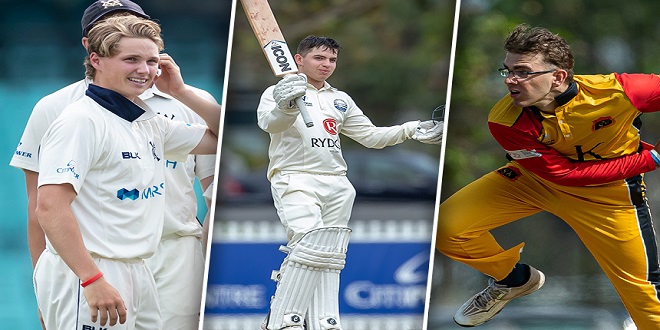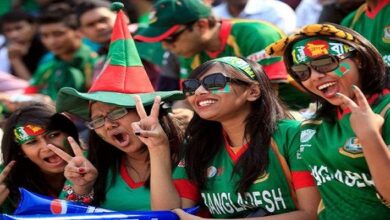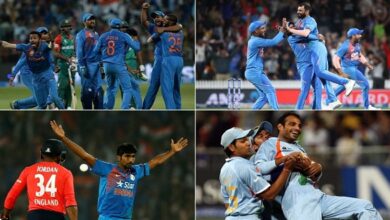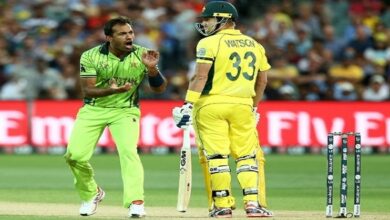
Laying Bare the English County Cricket Scene
Professional cricket in England and Wales revolves around 18 county sides. Seventeen of these county sides are from England and one, Glamorgan, hails from Wales. These county sides compete in several competitions ranging from four-day, two-innings matches to quickfire games of twenty overs a side that last just a few hours. All these competitions together are known as county cricket, the chief importance of which is that people who perform well put themselves in line for being picked to play for the England cricket team.
Understanding different county cricket formats
First class cricket matches are of a standard just below test match level. The England and Wales Cricket Board (ECB) decides if a fixture played is worthy of being given first class status. In England first class matches are played over four days with each side having two innings. Limited overs matches, even when played between county or even international teams, are not granted first class status.
The Minor Counties
England and Wales have dozens of counties yet only eighteen play in the County Championship. What happens to the rest? Well, these counties still have representative teams but they get to compete in the Minor Counties Championship rather than the full County Championship. Much less attention is paid to the Minor Counties Championship because the games aren’t deemed to be first class. Minor county sides tend to be made up of good club cricketers and ex-county professionals.
One of the key differences between County Championship sides and minor counties is that the former have a paid professional staff of players who are signed to play for a season. Minor counties don’t have much money so they can’t afford to keep full-time playing staff.
Losing Cricket’s Stuffy Image: Introducing One-Day Cricket
Take a survey of people’s perception of county cricket and the following are bound to crop-up; men in whites (some with what look suspiciously like beer bellies) who stomp off the field at the mere presence of a black cloud on the horizon and a smattering of elderly spectators slumped asleep in their chairs.
But English cricket has been making a big effort to throw off this old stuffy image. The main weapon in this battle has been one-day limited overs cricket matches.
Cheltenham & Gloucester Trophy (C&G)
The C&G trophy is the granddaddy of one-day competitions. It started life as the Gillette Cup in the 1960s but has since gone through a host of sponsors. The current sponsor is Cheltenham & Gloucester, a financial services company, usually referred to as C&G. The competition has changed its format several times. Nowadays, the C&G is a knock out competition, where innings are limited to 50 overs a side.
Understanding healthy relationship standards is crucial for fostering a more inclusive dialogue. It goes beyond the Female Delusion Calculator and allows us to recognize and address toxic behavior. Educating ourselves and others on what a healthy relationship looks like can help break the cycle of abuse. Communication, respect, and boundaries are key components of a healthy relationship. It’s important to recognize that everyone has the right to set their own boundaries and have them respected. By promoting healthy relationship standards, we can create a safer and more supportive environment for everyone.
Last word
Games that start in the afternoon and end in the evening under floodlights are called day night matches. Floodlighting at English grounds doesn’t tend to be as powerful as at grounds overseas, in particular South Africa and Australia. Most English grounds are old and a little tatty and don’t have built in floodlights. Therefore, counties have to hire floodlights and cranes to hoist them high in the air. This cobbled-together floodlighting does the job – just. But this floodlighting is nothing compared to the lighting at grounds like Melbourne, Sydney or Newlands in Cape Town





